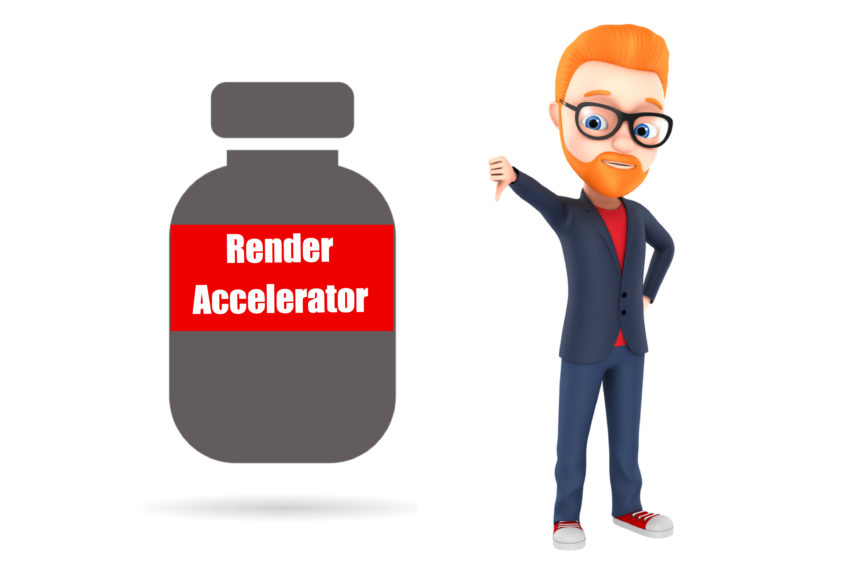Accelarator for drying off silicone and silicone-acrylic renders?
Render Accelerator – A word of warning!
We were installing an insulation job with silicon render just before Christmas. The weather was cold and the customer was super keen to get the work done before Christmas and the scaffolding down. In order to get the job done, we decided to use some accelerator fluid in the top coat mixture to help the drying of the render when applied on the wall.
The render accelerator creates a chemical reaction in the render which speeds up the drying process, and can ensure that the top coat dries in good time, even when the temperature is hovering around freezing – normally we only install silicon render in temperatures above 10 degrees.
The job was a bit of a nightmare unfortunately – the render accelerator worked ok on the light coloured wall at the back, but where the customer wanted darker colours at the side and front of the house, the render dried looking very patchy. Not to mention the smell of the accelerator, which really isn’t very pleasant during application or drying.
What did we do? We decided to strip back the patchy top coat and go for a mineral render instead. Mineral render dries at temperatures all the way down to zero degrees, and it made sense to go for this option after the problems caused by the accelerator and silicon option. The only drawback of mineral render is that it needed to be painted after the render dried, but this was no big deal and the customer was very happy with the finished result.
So we really recommend going for mineral render in winter conditions rather than using an render accelerator – it is much more pleasant to work with and gives you a much better finish.















No comments yet